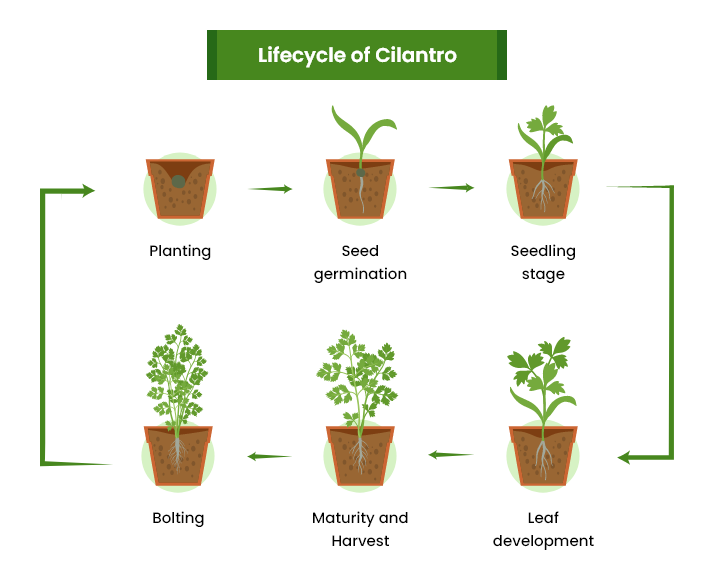A Guide to Growing Cilantro?
Sunday, June 9, 2024
A Guide to Growing Cilantro?
Hello everyone,
I'm going to try to provide a helpful guide on how to grow cilantro. Why the question mark at the end of the title? That's because I myself am just a newcomer to gardening and so I wouldn't classify myself as an expert nor want to be responsible if any of my information kills your cilantro.
| This is cilantro (Coriandrum sativum) image source |
First, let's understand what cilantro is. Cilantro or Coriander is an herb in the family Apiaceae. All of the parts of the plant are edible, but traditionally the leaves and dried seeds are used in cooking.
Now that we have that out of the way, choosing the right environment and climate for cilantro is the first step. Cilantro thrives in cool weather so planting them in early spring or fall is the best time with temperatures consistently around 50 to 80 degrees Fahrenheit. Cilantro is a full sun plant meaning that it requires 6-8 hours of sunlight per day so make sure you factor in sunlight when choosing a location. For the soil aim to get well-drained soil with pH levels around 6.2 to 6.8.
Next, plant the seeds, I've already specified the time that they should be planted in the previous paragraph, so I'll briefly talk about how to space them. The seeds should be planted 1/4 inch deep and space them 1-2 inches apart.
Then comes watering and maintenance, make sure to keep the soil moist, not completed saturated. Water the cilantro regularly. Cilantro doesn't require heavy fertilizer, but if you wanted to then apply it once during the growing season.
Equally important to maintenance is fending off pests and diseases. Aphids and rabbits are common animals that consume cilantro, so build some fencing to restrict the rabbits from getting to it and create a soap solution to get rid of the aphids (here is a list of solutions for getting rid of aphids with instructions on how to make the soap solution). Cilantro can suffer from fungal diseases, but the best way to counter this is to ensure that you have proper spacing and air circulation.
Finally, you can harvest your Cilantro. If you want the leaves then start harvesting them when the plant is 6 inches tall and cut the outer leaves first so that the inner leaves can continue to grow. If you want the seeds, then allow the cilantro to flower and set seeds, once the seeds turn brown, you can cut the seed heads and dry them.
 |
| image source |
I obviously didn't know all this information so I'll link all of the sources I used here because I also couldn't find a way to seamlessly insert it:
Thank you for reading about my research on cilantro and let me know if any of you also enjoy gardening and what plants you consider growing.
- Tristan Cheung


Hi Tristan, this is a really interesting post. I really like the idea of gardening but it is something I found out a few years ago I am bad at doing. After reading all this great information on your post I want to try it out next fall and plant some cilantro in a pot.
ReplyDeleteI hope your gardening efforts are successful!
ReplyDeleteLove everything about this topic it really interesting
ReplyDelete